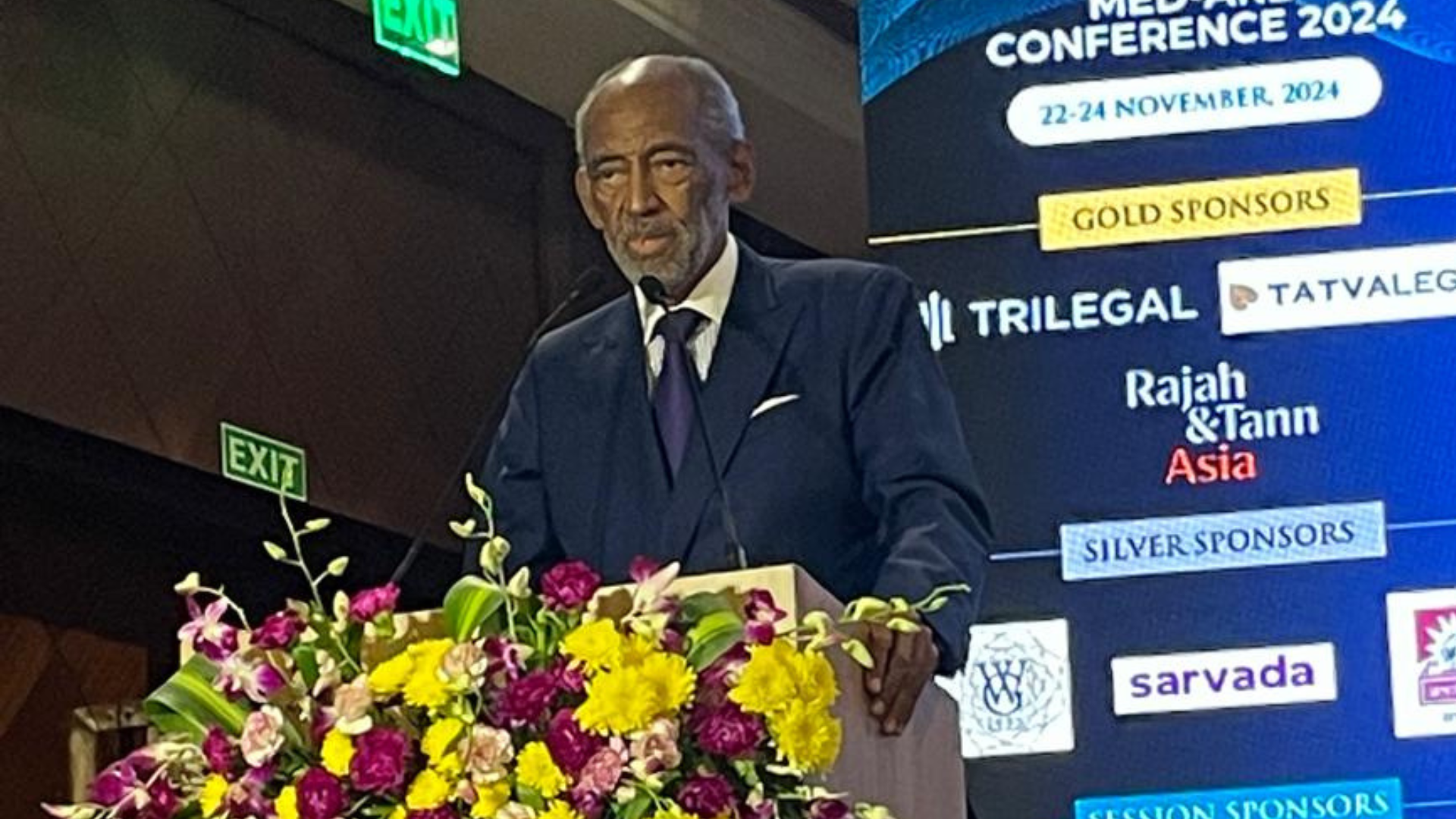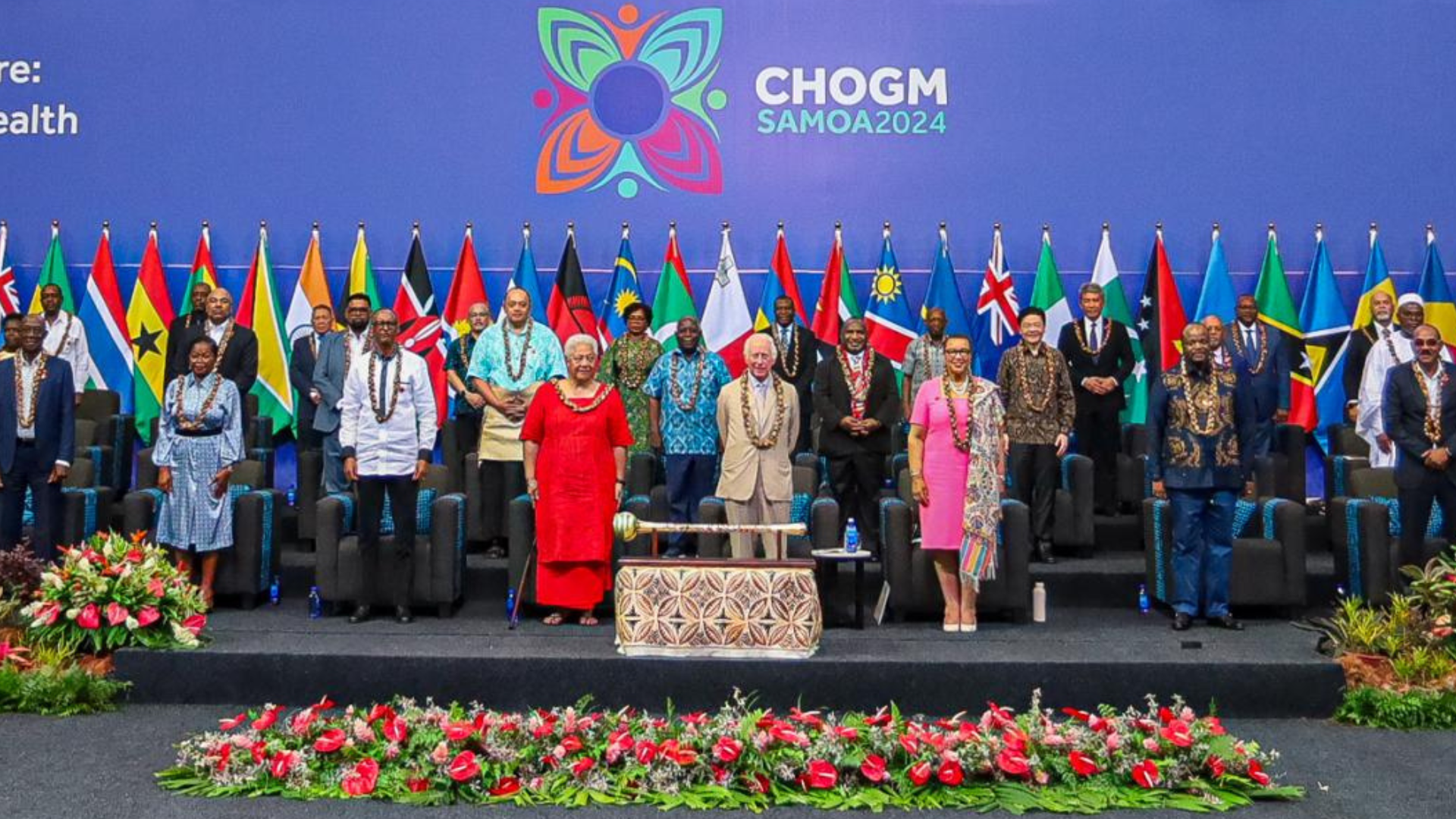
CLA News / Ramon Gaskin v Minister of Natural Resources and Environment, ExxonMobil Guyana Inc., Hess Guyana Exploration Ltd., and CNOOC Petroleum Guyana Ltd. A loss in court…but a personal reflection on some wins for the people by Melinda Janki
The Caribbean Court of Justice (CCJ) recently handed down its ruling in Ramon Gaskin v Minister of Natural Resources and Environment, ExxonMobil Guyana Ltd. (Exxon), Hess Guyana Exploration Ltd. (Hess) and CNOOC Petroleum Guyana Ltd. This judicial review case which began in February 2018, took six years to emerge from Guyana’s judicial system into the CCJ.
The main facts were undisputed. The Environmental Protection Agency (EPA) granted an environmental permit to Exxon authorising Exxon to carry out the Liza 1 petroleum project. The Minister of Natural Resources and the Environment (MNRE) granted a petroleum production licence (PPL) to Exxon, Hess and CNOOC which entitled them to proceed with the Liza 1 Project. Mr Gaskin argued that Hess and CNOOC were not entitled to the PPL because they did not have environmental permits. The CCJ ruled against Mr Gaskin and their reasons deserve a more thorough analysis than is possible here. As the lawyer on the losing side I am the worst person to comment on this case but I hope readers will generously make some allowance, simply because the rest of the CCJ decision has such significant potential to protect the people and environments of Guyana and the Caribbean.
Liability for Hess and CNOOC: Exxon is liable under its environmental permit for all costs of an oil spill including clean up, restoration and compensation. In a previous case . (See Collins and Whyte in the June newsletter) the High Court ordered Exxon to produce an unlimited parent company guarantee to cover its liability. As a result of the CCJ’s ruling, Hess and CNOOC now have joint and several liability with Exxon for Exxon’s breaches of Exxon’s environmental permit. Hess is liable for the whole amount if Exxon and CNOOC do not pay up. CNOOC is liable for the whole amount if Exxon and Hess do not pay up. Exxon’s maps show potential oil spills across the Caribbean up to Jamaica. The Environmental Protection Agency (EPA), has sought to limit Exxon’s security to US$2billion, which would leave Guyana responsible for the rest of the costs of Exxon’s pollution. The Government of Guyana has also publicly opposed the requirement for Exxon to provide security to cover its liability for pollution. The EPA and the Government have not stated publicly their official position on this CCJ ruling regarding liability for Hess and CNOOC and the consequential need for security to ensure that Hess and CNOOC can meet that legal liability.
Incorporation of international law: The CCJ has clarified that Exxon’s permit requires Exxon to comply with international law. According to the CCJ these international obligations include, “a raft of legislation and international conventions and protocols on the environment, noise management, air quality management, water quality, waste materials management.” These international obligations would include for example the Basel Convention, Marpol, the United Nations Convention on the Law of the Sea (and the recent Advisory Opinion from the International Tribunal on the Law of the Sea) among others. Guyana also has a due diligence obligation and transboundary liability under international law. In light of this CCJ ruling the EPA will now have to take into account Guyana’s international legal obligations when assessing projects and granting permits. The EPA will also have to demonstrate that it has carried out that duty properly.
Escazu agreement: In a first for Guyana the CCJ expressly referenced the Escazu Agreement. They said that Mr Gaskin’s initiation and carriage of the litigation were entirely consistent with the Escazu Agreement which aims to provide full public access to environmental information and to enable access to legal protection and recourse concerning environmental matters. This is likely to encourage other members of the public to use the Escazu Agreement in their dealings with the EPA and other public authorities, thus improving the level of public engagement.
Costs: The Attorney-General is on record as saying that the courts should use costs to stop citizens from filing what he called frivolous oil-related cases which he claimed inaccurately had been struck out.[1] The CCJ has taken a somewhat different approach ruling that, “A court, at first instance and even at the level of the Court of Appeal should not award costs against a public spirited citizen intent on advancing the constitutional protection of the environment. Such public spiritedness should be encouraged.” In keeping with this the CCJ did not award costs against Mr. Gaskin. The CCJ has put public interest litigation on a more solid footing, thereby increasing access to justice for members of the public who have previously been deterred by the threat of adverse costs awards. As the CCJ mentioned in their decision the public have a ‘watchdog’ role. Taking the analogy to its logical conclusion, access to the courts, which implies timely and well-reasoned decisions, is necessary if the public ‘watchdog’ is to be able to bite, not just bark, and costs should not be used to hinder that access.
Transparency and accountability: the Government of Guyana and public authorities like the EPA have a long history of secretiveness and high-handed behaviour towards the public. Mr Gaskin put in evidence failures by the Minister and EPA to make documents available. Following this case, the EPA and Government will have to change their behaviour. The CCJ stressed the importance of transparency as a vital tool in protecting the environment. They said that, “Good governance, fairness and the utmost transparency must be observed and information about policies and decisions, applications and applicants must be readily made available to the public.” They pointed out that when information is available it becomes easier for the public to identify instances of non-compliance or misconduct and for the EPA to take corrective action. They also said that a demonstrated commitment to openness and accountability was especially required given the massive investment in subsea drilling. In a very interesting passage in the decision the CCJ extended the duties of transparency and accountability to Exxon, Hess and CNOOC saying, “Corporations, government agencies (like the EP Agency) and other public entities have a solemn obligation to hold themselves accountable for the steps they take in the management, conservation, protection and improvement of the environment.”
Multi-jurisdictional impact: The CCJ is the final court of appeal for 5 states, all of whom will benefit from this decision. As a regional court, the CCJ’s rulings are likely to have significant persuasive value in other jurisdictions.
Finally: Mr Gaskin undoubtedly lost his case but he helped to put public interest litigation on a more solid footing. The CCJ graciously acknowledged his public spiritedness and contribution to clarifying the law. During the years while his case was in the Guyana courts, Mr Gaskin asked whether he would live to see the fruits of his case. He did not. He died within three weeks of the decision and without being able to use it to uphold the rule of law.
Melinda Janki is a member of the CLA Council, an international lawyer, an attorney-at-law in Guyana, and winner of the CLC LexisNexis Rule of Award 2023.
[1] https://www.kaieteurnewsonline.com/2023/11/08/instead-of-criticising-public-spirited-citizens-the-ag-should-investigate-those-instances-where-the-judicial-system-is-not-delivering-justice/




